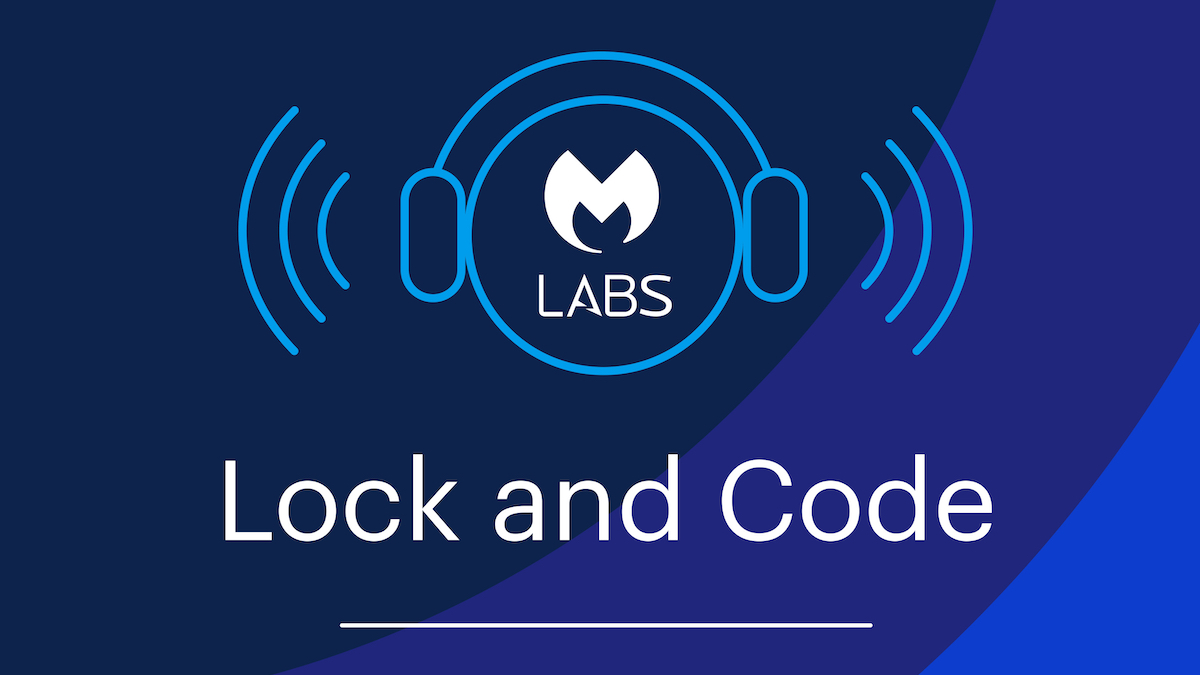BOOK THIS SPACE FOR AD
ARTICLE ADThe US Department of Justice has charged a Russian national named Evgenii Ptitsyn with selling, operating, and distributing a ransomware variant known as “Phobos” during a four-year cybercriminal campaign that extorted at least $16 million from victims across the world.
The government’s indictment against Ptitsyn should dispel any notion that ransomware gangs only target the largest, richest, most robust corporations on the planet, as one Phobos affiliate allegedly extorted a Maryland-based healthcare provider out of just $2,300—possibly the lowest payment ever recorded.
In a November 18 statement, Principal Deputy Assistant Attorney General Nicole M. Argentieri, head of the Justice Department’s Criminal Division, stressed the wanton victim targeting by Ptitsyn’s ransomware network.
“Ptitsyn and his co-conspirators hacked not only large corporations but also schools, hospitals, nonprofits, and a federally recognized tribe, and they extorted more than $16 million in ransom payments.”
Ransomware is the single most devastating cyberthreat to businesses today. Through a variety of evolving techniques, cybercriminals break into a company’s network and then deploy ransomware to lock down every file, computer, and sensitive piece of data within reach. The files cannot be unlocked without a “decryption key,” which the cybercriminals will only offer for a price.
But for many companies, the price of a ransom demand isn’t the only dilemma they face, as the price of recovery can be even heftier.
According to Malwarebytes’ business unit, ThreatDown, the average cost of a ransomware attack—excluding the ransom itself—is a whopping $4.7 million. That enormous sum represents a company’s downtime during a ransomware attack, any reputational damage it suffers, and the lengthy recovery process of rebuilding databases and reestablishing workplace accounts and permissions.
From what was revealed in the government’s indictment against Ptitsyn, those costs were likely beyond reach for many Phobos victims, which included a marketing and data analytics firm in Arizona, a Connecticut public school system, and an automotive company out of Ohio.
According to an analysis of Phobos ransom demands last year, these smaller targets line up with the gang’s focus. In 2023, ThreatDown discovered that, unlike other ransomware gangs that demanded up to $1 million or more from each victim, Phobos operators demanded an average of $1,719 from victims, with a median demand of just $300.
Smaller demands mean little, however, for the companies hit by the ransomware.
Ptitsyn, who was extradited to the United States out of South Korea, now faces 13 counts, which include wire fraud, conspiracy to commit wire fraud, and conspiracy to commit computer fraud and abuse, along with four counts each of causing intentional damage to protected computers and extortion in relation to hacking. According to the Department of Justice, the charges carry a “maximum penalty of 20 years in prison for each wire fraud count; 10 years in prison for each computer hacking count; and five years in prison for conspiracy to commit computer fraud and abuse.”
How to protect your small business from ransomware
As is true with all malware infections, the best defense to a ransomware attack is to never allow an attack to occur in the first place. Take on the following steps to secure your business from this existential threat:
Block common forms of entry. Patch known vulnerabilities in internet-facing software and disable or harden the login credentials for remote work tools like RDP ports and VPNs. Prevent intrusions and stop malicious encryption. Stop threats early before they can infiltrate or infect your endpoints. Use always-on cybersecurity software that can prevent exploits and malware used to deliver ransomware. Create offsite, offline backups. Keep backups offsite and offline, beyond the reach of attackers. Test them regularly to make sure you can restore essential business functions swiftly. Don’t get attacked twice. Once you’ve isolated an outbreak and stopped a first attack, you must remove every trace of the attackers, their malware, their tools, and their methods of entry, to avoid being attacked again..png)















 Bengali (Bangladesh) ·
Bengali (Bangladesh) ·  English (United States) ·
English (United States) ·